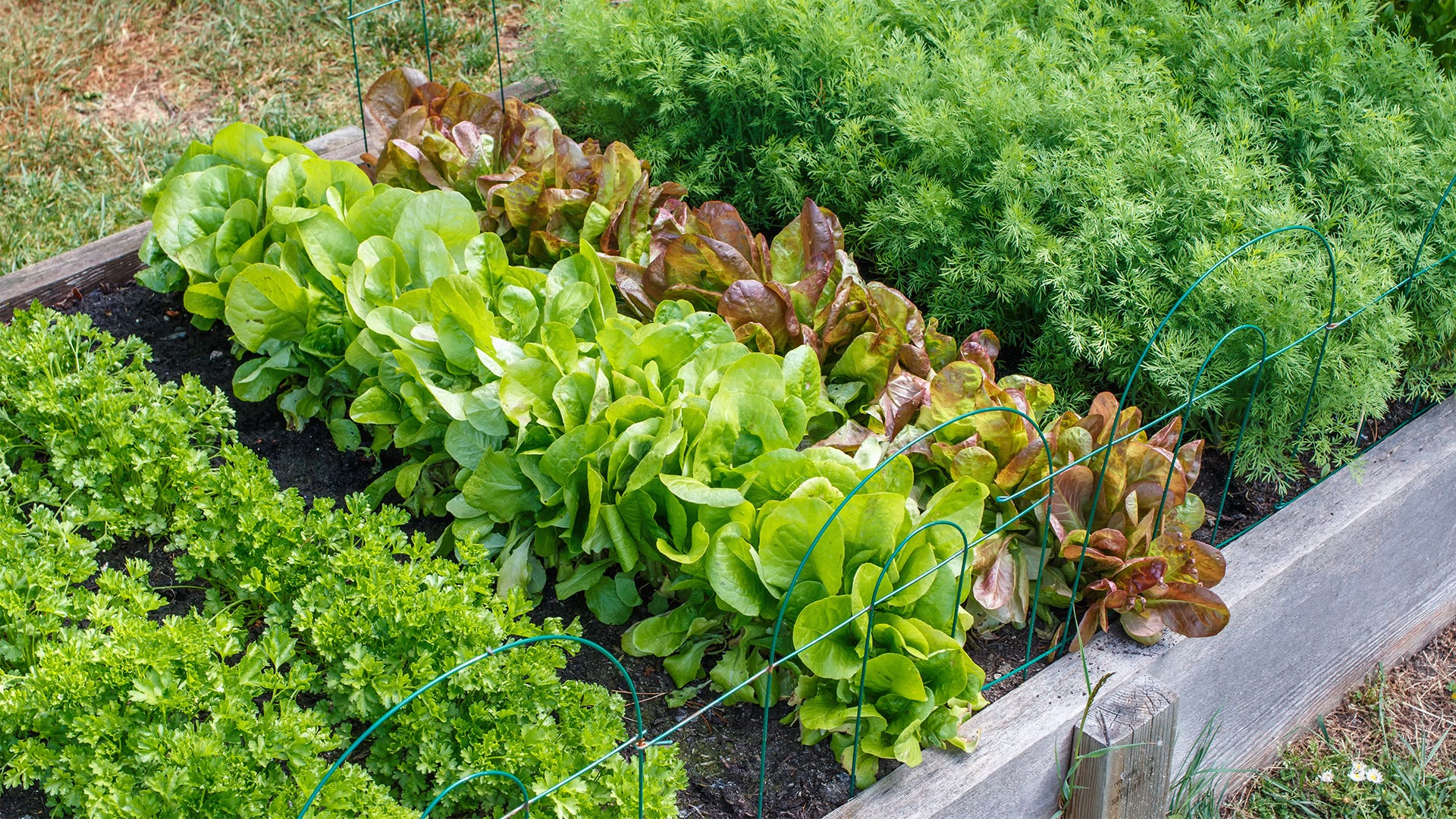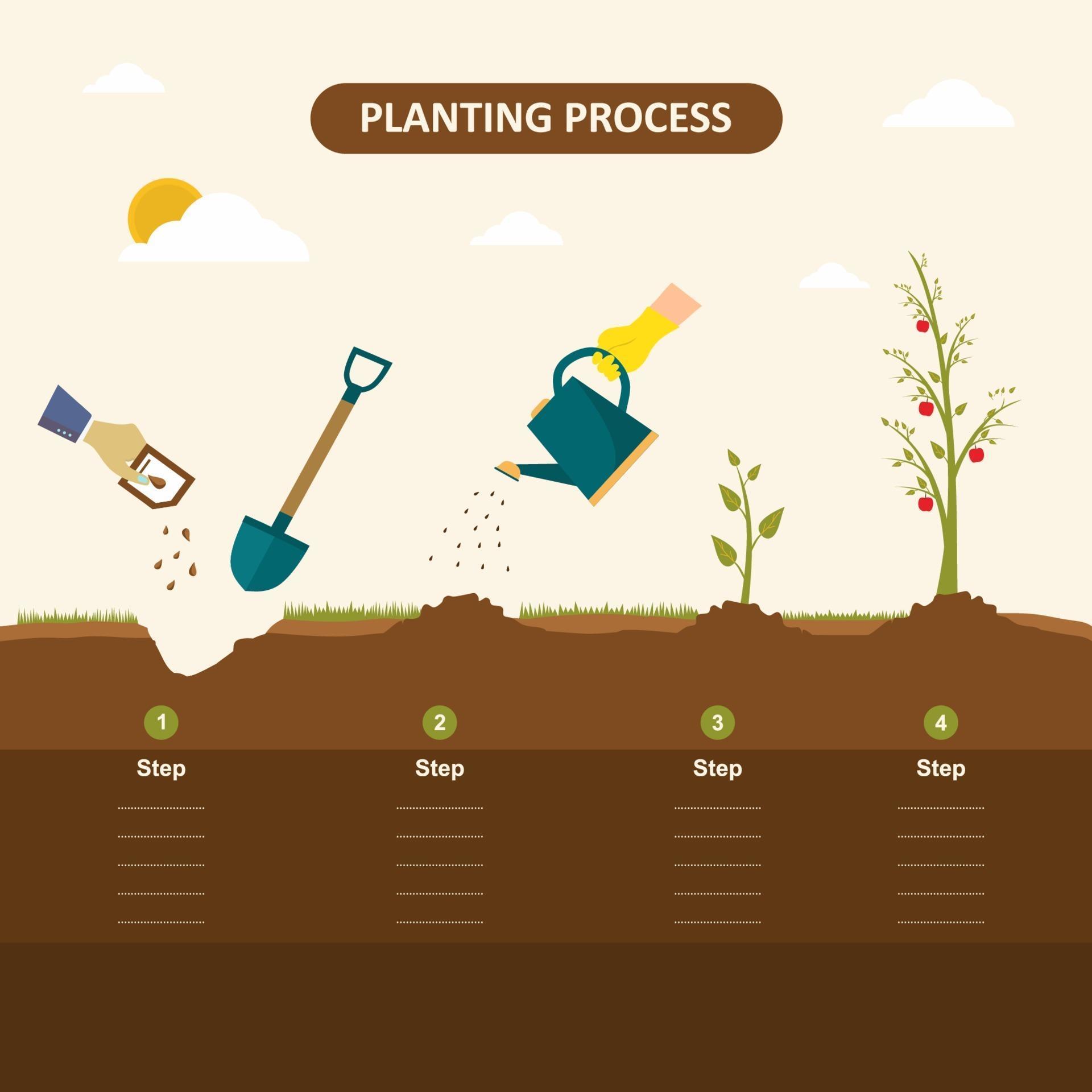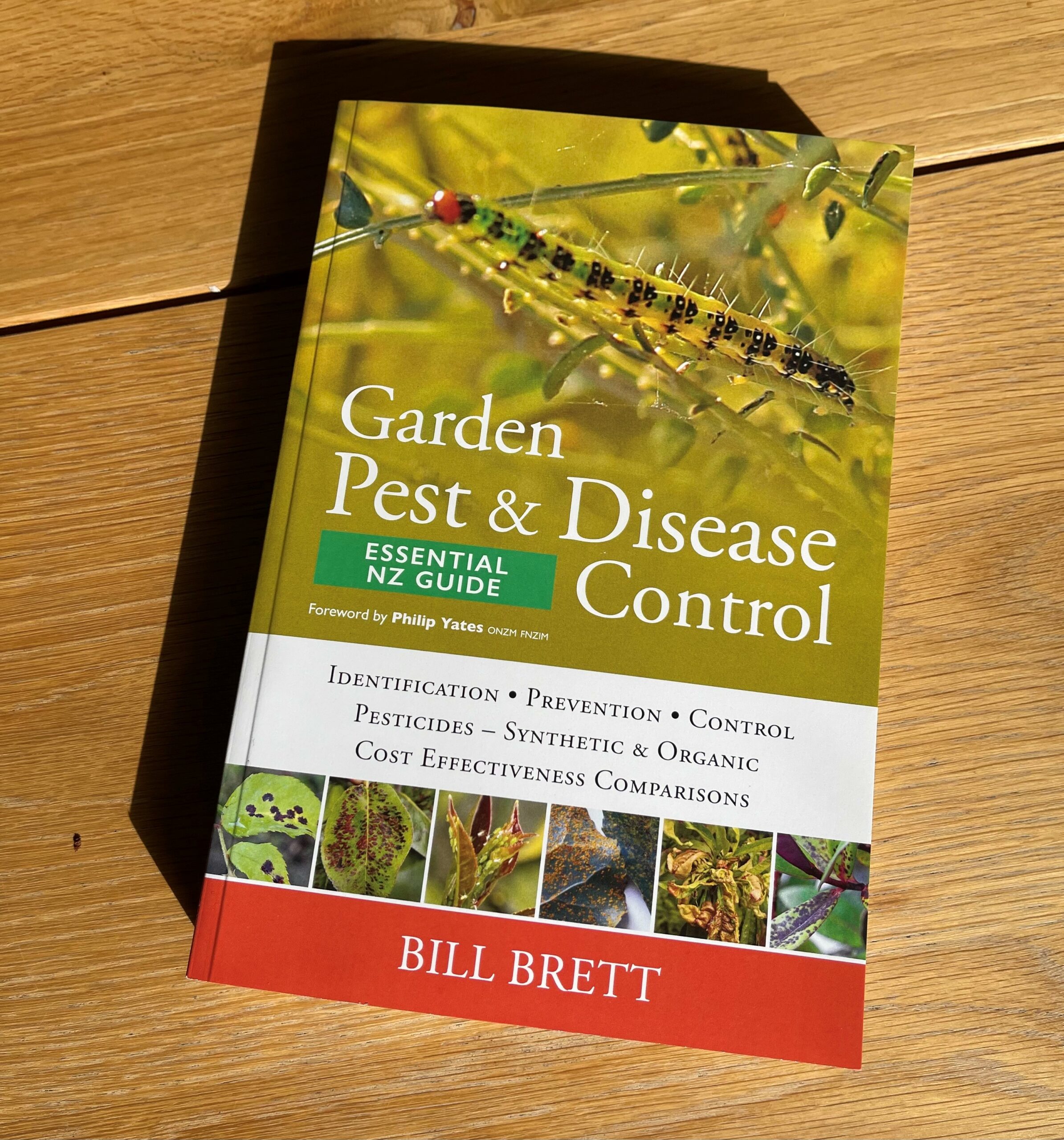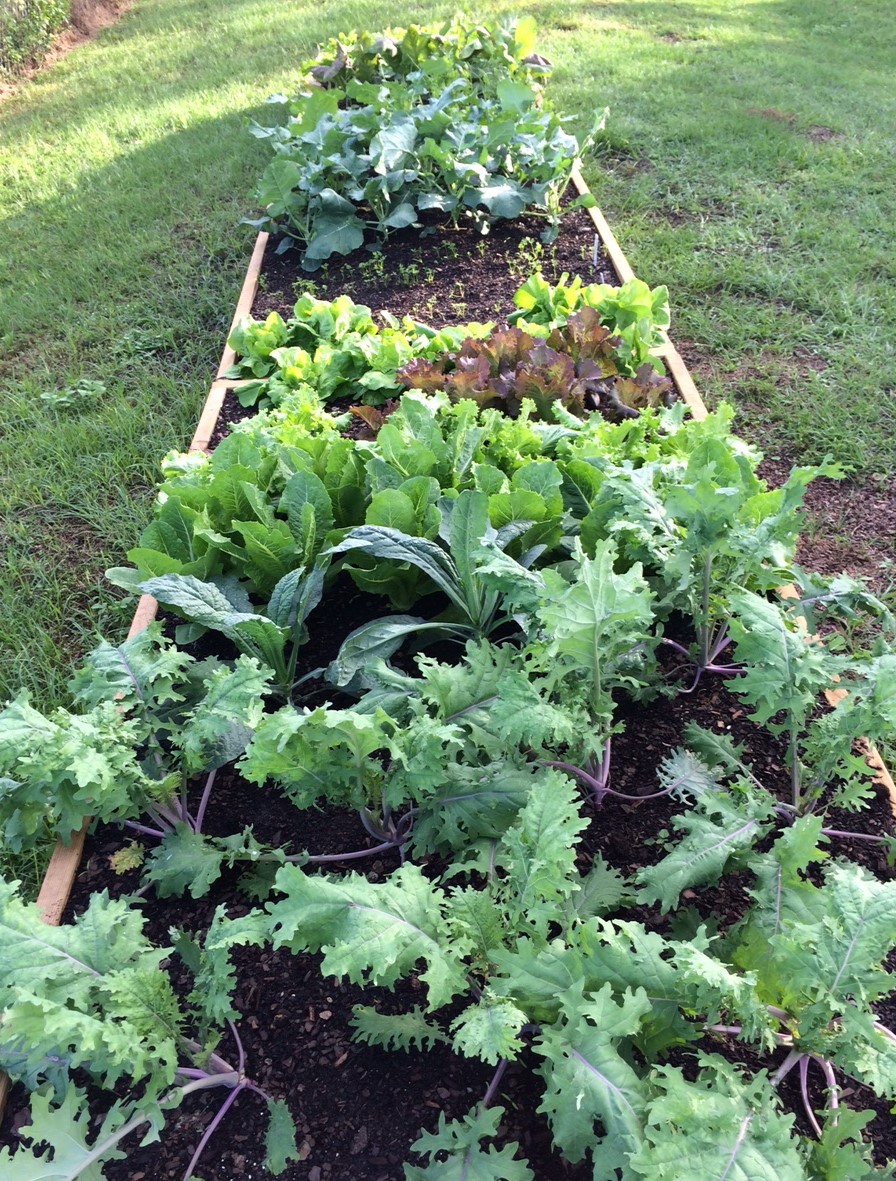Enhancing Garden Growth: An Overview
Implementing effective strategies for garden growth is crucial for any gardener, whether a beginner or an experienced one. By employing these tactics, you can enjoy the benefits of healthy plants, increased yield, and an aesthetically pleasing outdoor space. This article will explore various aspects of garden growth, providing valuable insights and tips for a successful gardening experience.
Soil Preparation: The Foundation of Garden Growth
Soil preparation is a critical aspect of successful garden growth, as it lays the foundation for healthy and thriving plants. By investing time and effort into proper soil preparation, you can ensure that your garden reaches its full potential. Here are some essential tips for soil testing, amending, and fertilization to help you get started.
First, consider conducting a soil test to determine the pH and nutrient levels of your soil. This information will help you understand which amendments and fertilizers are necessary to create an optimal growing environment. You can purchase a home testing kit or send a soil sample to a local extension service for a more detailed analysis.
Once you have the results of your soil test, it’s time to amend your soil as needed. Adding organic matter, such as compost or well-rotted manure, can improve soil structure, increase water retention, and provide essential nutrients for plant growth. Additionally, consider adding lime or sulfur to adjust soil pH, depending on your garden’s needs.
Fertilization is another crucial aspect of soil preparation. Choose a fertilizer that is appropriate for your soil type and the plants you intend to grow. Consider using slow-release or organic fertilizers, which provide a steady supply of nutrients over an extended period. Be sure to follow the manufacturer’s instructions for application rates and timing.
By investing time and effort into proper soil preparation, you can create an optimal growing environment for your plants, setting the stage for successful garden growth. Remember to test your soil regularly and adjust your amendment and fertilization strategies as needed to maintain healthy and thriving plants.
Choosing the Right Plants: Selecting Garden Growth Superstars
Selecting the right plants for your garden is crucial for ensuring optimal growth and a thriving outdoor space. By considering factors such as plant hardiness, sunlight requirements, and water needs, you can create a garden that is not only beautiful but also resilient and low-maintenance. Here are some essential tips for selecting the best plants for your garden.
First, consider the hardiness zone of your area. Hardiness zones are based on the average minimum winter temperature and provide a useful guide for determining which plants are most likely to thrive in your garden. By selecting plants that are well-suited to your hardiness zone, you can increase the chances of success and reduce the need for excessive care and maintenance.
Next, consider the amount of sunlight your garden receives. Different plants have different sunlight requirements, with some preferring full sun, others partial shade, and still, others full shade. By selecting plants that are well-suited to your garden’s sunlight conditions, you can ensure that they receive the right amount of light for optimal growth.
Water needs are another critical factor to consider when selecting plants for your garden. Some plants require a lot of water, while others are drought-tolerant. By selecting plants that are well-suited to your garden’s water conditions, you can reduce the need for excessive watering and ensure that your plants receive the right amount of hydration for optimal growth.
Finally, consider the size and shape of your garden when selecting plants. By selecting plants that are appropriately sized for your space, you can create a balanced and visually appealing garden. Additionally, consider the growth habits of your plants, such as whether they are upright, spreading, or trailing, to create a dynamic and interesting outdoor space.
By selecting the right plants for your garden, you can ensure optimal growth and a thriving outdoor space. Remember to consider factors such as plant hardiness, sunlight requirements, and water needs when making your selections. With the right plants in place, you can enjoy a beautiful and low-maintenance garden for years to come.
Planting Techniques: Setting the Stage for Garden Success
Proper planting techniques are essential for promoting garden growth and ensuring healthy, thriving plants. By following best practices for spacing, depth, and timing, you can set the stage for a successful gardening experience. Here are some essential tips for planting techniques that promote garden growth.
First, consider the spacing of your plants. Proper spacing allows for adequate air circulation, reducing the risk of disease and promoting healthy growth. As a general rule, plants should be spaced far enough apart to allow for the mature size of the plant, with an additional 6-12 inches for good air circulation. Be sure to consult the plant tag or seed packet for specific spacing recommendations for each plant variety.
Next, consider the depth of planting. Planting too deeply can lead to root rot and other issues, while planting too shallowly can result in inadequate moisture and nutrient uptake. As a general rule, plants should be planted at the same depth as they were grown in their nursery containers. Be sure to consult the plant tag or seed packet for specific depth recommendations for each plant variety.
Timing is also essential when it comes to planting techniques. Different plants have different ideal planting times, depending on their growth habits and climate conditions. By planting at the right time, you can ensure that your plants have the best possible chance of thriving. Consult a gardening calendar or local extension service for specific planting recommendations for your area.
Transplanting and direct seeding are two common planting techniques used in gardening. Transplanting involves moving established plants from one location to another, while direct seeding involves planting seeds directly into the garden soil. Both techniques have their advantages and disadvantages, and the best method will depend on the plant variety and gardening conditions.
By following proper planting techniques, you can set the stage for a successful gardening experience. Remember to consider factors such as spacing, depth, and timing when planting your garden. With the right planting techniques in place, you can promote healthy growth and enjoy a thriving outdoor space.
Watering Wisely: Nurturing Garden Growth with the Right Amount of H2O
Proper watering techniques are essential for promoting garden growth and ensuring healthy, thriving plants. By providing the right amount of water at the right time, you can nurture your garden and enjoy a beautiful outdoor space. Here are some essential tips for watering wisely to promote garden growth.
First, consider how much and how often to water your garden. Different plants have different water needs, and it’s essential to provide enough water to meet those needs without overwatering. As a general rule, most plants require about one inch of water per week, including rainfall. However, this can vary depending on the plant variety, climate conditions, and soil type. Be sure to consult the plant tag or seed packet for specific watering recommendations for each plant variety.
When watering, it’s essential to provide water directly to the plant’s roots, rather than wetting the foliage. Wet foliage can lead to disease and other issues, while watering at the root zone promotes healthy growth. Consider using drip irrigation or soaker hoses to deliver water directly to the plant’s roots, reducing evaporation and improving water efficiency.
Watering frequency is also essential when it comes to watering wisely. It’s generally better to water deeply and less frequently, rather than shallowly and more often. Deep watering encourages roots to grow deeper into the soil, promoting healthy growth and improving drought tolerance. Be sure to water thoroughly, providing enough water to saturate the root zone, and then allow the soil to dry out slightly before watering again.
Monitoring soil moisture is also essential for watering wisely. Different soil types have different water-holding capacities, and it’s essential to adjust watering frequency and amount accordingly. Consider using a soil moisture meter or other monitoring tools to ensure that your garden is receiving the right amount of water for optimal growth.
By following proper watering techniques, you can nurture your garden and promote healthy growth. Remember to consider factors such as water amount, frequency, and delivery method when watering your garden. With the right watering techniques in place, you can enjoy a beautiful and thriving outdoor space.
Pest and Disease Management: Safeguarding Garden Growth
Managing pests and diseases is an essential aspect of promoting garden growth and ensuring healthy, thriving plants. By employing effective pest and disease management strategies, you can safeguard your garden and enjoy a beautiful outdoor space. Here are some essential tips for managing pests and diseases in the garden, including the use of organic methods and integrated pest management techniques.
First, it’s essential to identify the pests and diseases that are present in your garden. Common garden pests include aphids, spider mites, and whiteflies, while common diseases include powdery mildew, black spot, and downy mildew. Consult a gardening guide or local extension service for specific information on the pests and diseases that are common in your area.
Once you’ve identified the pests and diseases in your garden, it’s essential to employ effective management strategies. Organic methods for pest and disease management include the use of natural predators, such as ladybugs and lacewings, as well as the use of insecticidal soap and horticultural oil. These methods are safe for people, pets, and the environment, and can be highly effective in managing pests and diseases.
Integrated pest management (IPM) is another effective strategy for managing pests and diseases in the garden. IPM involves a combination of cultural, physical, and chemical methods for pest and disease control. Cultural methods include crop rotation, proper watering and fertilization, and the use of resistant plant varieties. Physical methods include the use of barriers, such as row covers and screens, as well as the removal of infected plant material. Chemical methods include the use of pesticides and fungicides, which should be used sparingly and only as a last resort.
Regular monitoring is also essential for effective pest and disease management. By keeping a watchful eye on your garden, you can identify potential problems early and take action to prevent them from becoming more significant issues. Be sure to inspect your plants regularly for signs of pests and diseases, and take action as needed to manage them.
By employing effective pest and disease management strategies, you can safeguard your garden and promote healthy growth. Remember to identify the pests and diseases present in your garden, and employ organic methods and integrated pest management techniques to manage them. With the right pest and disease management strategies in place, you can enjoy a beautiful and thriving outdoor space.
Monitoring Garden Growth: Keeping a Watchful Eye
Regular monitoring is a crucial aspect of promoting garden growth and ensuring healthy, thriving plants. By keeping a watchful eye on your garden, you can identify signs of growth, as well as potential problems, and take action to prevent them from becoming more significant issues. Here are some essential tips for monitoring garden growth and what to do when issues arise.
First, it’s essential to understand the growth patterns of the plants in your garden. Different plants have different growth rates and habits, and it’s essential to know what to expect from each plant variety. Consult a gardening guide or local extension service for specific information on the growth patterns of the plants in your garden.
Once you understand the growth patterns of your plants, it’s essential to monitor them regularly for signs of growth. Look for new leaves, stems, and buds, and note any changes in plant size or shape. Additionally, monitor the soil for signs of moisture and nutrient availability, and adjust watering and fertilization practices as needed.
Regular monitoring is also essential for identifying potential problems early. Look for signs of pests and diseases, such as discolored leaves, stunted growth, or visible insects. Additionally, monitor the weather and adjust watering practices as needed to prevent overwatering or underwatering. By identifying potential problems early, you can take action to prevent them from becoming more significant issues.
When issues arise, it’s essential to take prompt action to address them. Consult a gardening guide or local extension service for specific information on how to manage common garden problems, such as pests, diseases, and weather-related issues. Additionally, consider employing organic methods and integrated pest management techniques to manage problems in a safe and effective way.
By keeping a watchful eye on your garden, you can promote healthy growth and enjoy a beautiful outdoor space. Remember to understand the growth patterns of your plants, monitor them regularly for signs of growth and potential problems, and take prompt action when issues arise. With the right monitoring practices in place, you can enjoy a thriving and productive garden.
Harvesting and Aftercare: Extending Garden Growth
Proper harvesting and aftercare are essential aspects of promoting garden growth and ensuring healthy, thriving plants. By employing effective harvesting and aftercare strategies, you can extend the life of your garden and enjoy a beautiful outdoor space for months to come. Here are some essential tips for harvesting and aftercare, including advice on how to harvest plants at their peak, as well as tips on composting and mulching for soil health and future growth.
First, it’s essential to understand the proper harvesting techniques for each plant variety in your garden. Different plants have different harvesting requirements, and it’s essential to know when and how to harvest each plant to ensure optimal growth. Consult a gardening guide or local extension service for specific information on the harvesting requirements of the plants in your garden.
When harvesting, it’s essential to be gentle with the plants to avoid damaging them. Use sharp, clean tools to avoid tearing or crushing the plant tissue, and harvest only what you need to avoid overwhelming the plant. Additionally, harvest in the morning, when plants are at their peak of freshness and moisture content.
Aftercare is also essential for extending garden growth. After harvesting, be sure to clean up any debris or fallen plant material, and dispose of it properly to prevent the spread of pests and diseases. Additionally, consider employing organic methods and integrated pest management techniques to manage any remaining pests or diseases.
Composting and mulching are two effective aftercare strategies for promoting soil health and future growth. Composting involves breaking down organic matter, such as leaves, grass clippings, and vegetable scraps, into a nutrient-rich soil amendment. Mulching involves covering the soil with a layer of organic material, such as straw, wood chips, or leaves, to retain moisture and suppress weeds. Both composting and mulching can improve soil structure, increase water retention, and provide essential nutrients for plant growth.
By employing effective harvesting and aftercare strategies, you can extend the life of your garden and promote healthy growth. Remember to understand the proper harvesting techniques for each plant variety, be gentle when harvesting, and clean up any debris or fallen plant material. Additionally, consider employing organic methods and integrated pest management techniques to manage any remaining pests or diseases, and employ composting and mulching strategies to promote soil health and future growth. With the right harvesting and aftercare practices in place, you can enjoy a beautiful and thriving garden for months to come.









